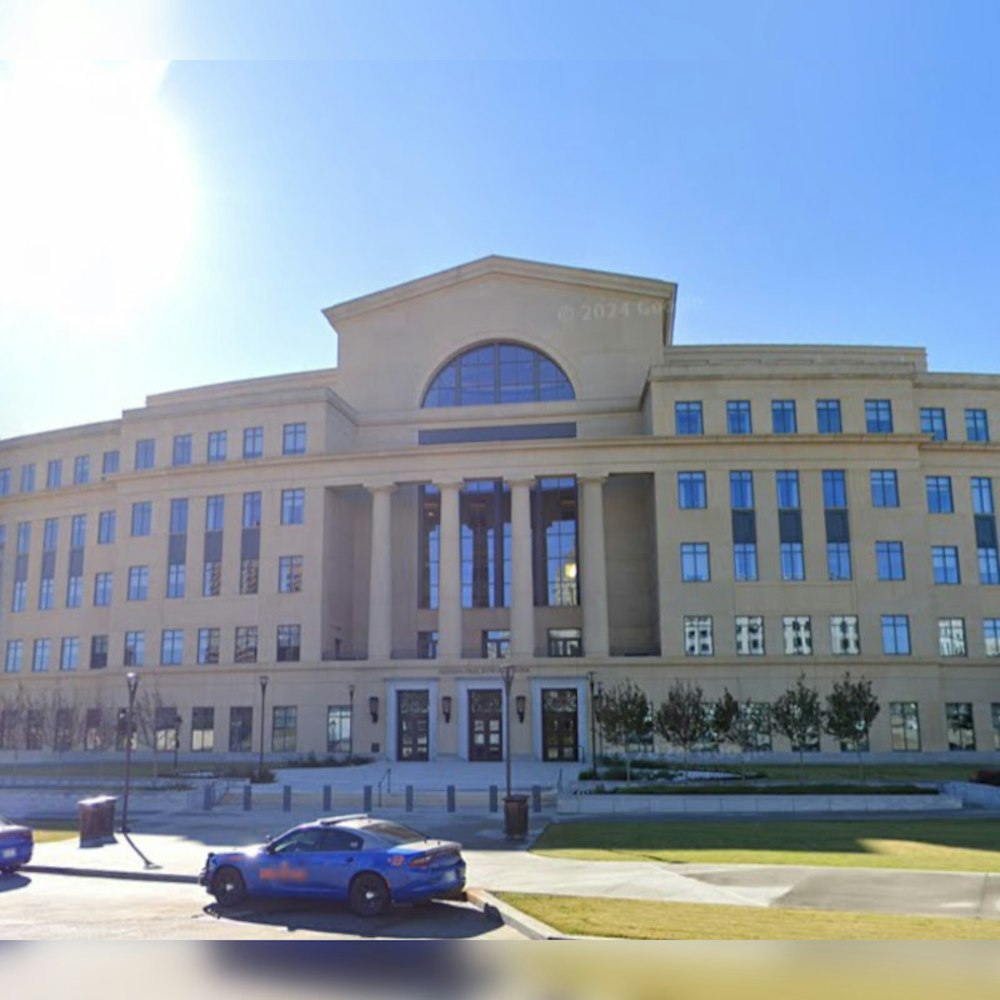
Leap years might seem like a quirky calendar glitch, but they're a critical fix to keep our annual record aligned with Earth's orbit around the sun. As the world marks the extra day slotted into February this year, experts weigh in on what leap years are all about.
Every four years, calendars include an additional day, February 29, to compensate for the fact that Earth's journey around the sun takes about 365.242 days—not an even 365. "The calendar system is based on what we watch every day. We carry calendars. There are 24 hours every day," Jim Todd, Director of Space Science Education at OMSI. Without the inclusion, of a leap day every fourth year, our calendars would drift out of sync with Earth's seasons, gradually causing noticeable shifts in climate patterns against our expected monthly schedules, as reported by KATU.
This year, as Feb. 29 rolls around, it's a reminder of how Julius Caesar first introduced Leap Days, and later Pope Gregory XIII refined the system in 1582, coding that only years divisible by four would include an extra day, barring most century years unless they're also divisible by 400. It's a nuanced system created not just to track dates but to ensure that, for instance, the Northern Hemisphere continues to experience summer in July, not December, as NASA points out.
Historically, it was the ancient Romans who stuck the leap day in February, according to Ben Gold, a professor of astronomy and physics at Hamline University. He explained to CBS News, "It's mostly that the Romans didn't really like February very much." As the shortest month, February was the logical place to adjust the calendar for the sun's actual timetable. The Gregorian calendar, which is the one we use today, put this system into universal adoption.
So while it may seem like an oddity, Leap Day serves a scientific and agricultural purpose, maintaining the rhythms of seasons which are crucial for farming and ecological balance. "If we don't have the leap day or leap year it would amount to 6 hours each year," Todd indicated in a statement obtained by KPIC.









